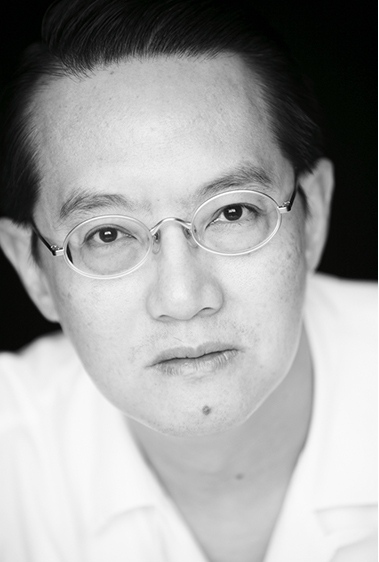The mid to late 1990s radically changed our perceptions of what could or could not be achieved with nonsurgical techniques for facial rejuvenation. Botulinum toxins, collagen fillers and subsequently hyaluronic acid fillers paved the way for new technologies that could relax, smoothen, brighten and tighten facial tissues. Patients became the driving force with ever-increasing requests for less downtime and rapid re-integration into social and work life.
To lift facial and neck tissues and hold them in place without any cutting of skin or delamination of soft tissues, thus, avoiding scars and prolonged downtime has been a dream of surgeons for much of the last century.
Whilst we could relax tense muscles and change the contours of the lower face with botulinum toxins, restore volume to deflated areas of the face with synthetic fillers and nonablatively resurface the skin surface, there remained a void for a technique that could effectively lift sagging facial or neck tissues without resorting to surgery.
In 2002, the Woffles lift was invented by the author to achieve visible facelifting without surgery. It employs a specially designed thread (the Woffles thread) which is a 60- cm long prolene suture that has a spiral distribution of barbs pointing inwards on either end of the thread. A 4-cm clear zone in the middle allows the thread to be folded on itself and used as a sling.
The nonsurgical technique, the Woffles lift, is suitable for patients wanting a lifting effect but not prepared for surgery and the downtime associated with an operation. The lifting effect is more subtle and does not significantly alter the patient’s appearance or identity. Using barbed sutures a significant face-lifting effect can be achieved. The key to success is a proper technique, understanding the role of the threads in the face and managing patient expectations. The effects are however temporary. Thus, patients must be carefully informed that the effects may wear off after 2-3 years and that additional threads need to be inserted periodically to maintain the result and keep pace with the ongoing ageing of the face and neck. For best effect, the Woffles lift should be combined with botulinum toxins and fillers to achieve a lifted, relaxed and more 3-dimensional appearance.
The technique is described, together with an analysis of the results over the last 18 years.
The Woffles thread is inserted via a long spinal needle into the face along the vectors of lifting and can be deployed in three patterns which are described below. For the last 8 years, the author has been using exclusively version 2 of the Woffles lift in which the sling is inverted with the U-bend of the thread engaged superiorly in the dense deep temporal fascia, whilst the free ends of the thread are engaged inferiorly in the loose and saggy tissues of the face and neck.


